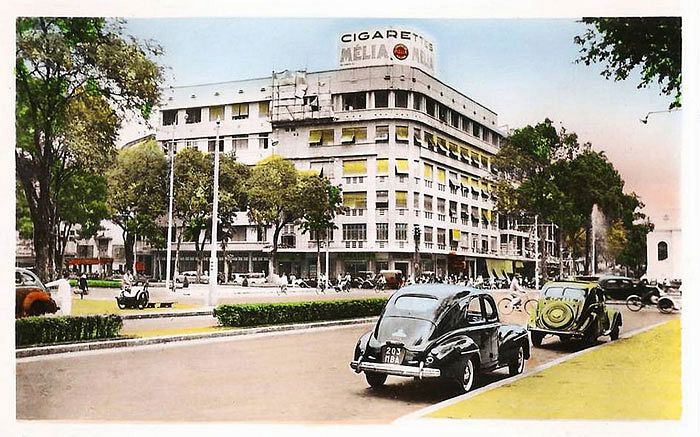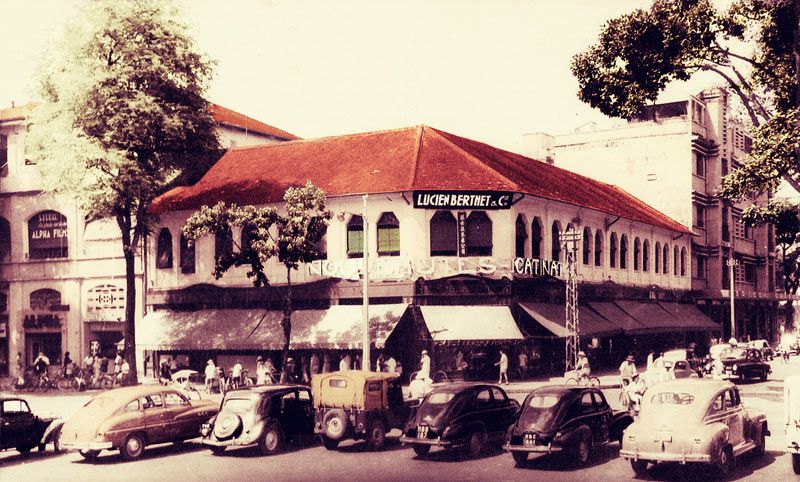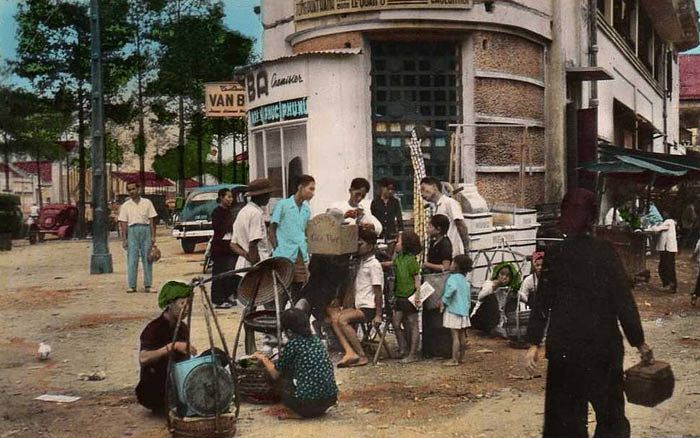When tyrants take your husband away and execute him for protesting high taxes, you tend to take stuff like that personally. That’s how Trung Trac took it when the Chinese killed her husband almost two millennia ago.
What’s a widow to do upon the murder of her significant other? Well, if you’re going by the Trung Trac playbook, you team up with your younger sister and go on a three-year rampage of revenge and revolution.
Trung Trac, along with her sister Trung Nhi, are the one-two punches that make up the Hai Ba Trung sisters. They lived in what is now northern Vietnam about 2000 years ago. Being raised in a military family, they were trained in martial arts from a young age. Trung Trac and Trung Nhi witnessed the cruelty of the Chinese overlords who controlled their province. When Trung Trac’s husband, Thi Sach, was executed in 40 AD, it ignited a fury within the Hai Ba Trung sisters that would combust throughout the entire region of north Vietnam.

On a mission to search and destroy, the Hai Ba Trung sisters assembled a large army and fought back. They rode atop the backs of giant war elephants, marauding through Chinese-controlled areas and acting as liberators wherever they went. Within a matter of months, they had seized 65 towns and settlements from the Chinese.
Related Articles:
At their peak, the Hai Ba Trung sisters had over 80,000 troops under their command. They appointed many women to high-ranking positions and they did an admirable job in repelling Chinese forces. However, their anti-Chinese resistance would only last for three years.

In 43 AD, the Chinese finally gave a firm response to the Hai Ba Trung sisters. They sent a huge contingent of heavily armed soldiers into Vietnam and quickly reclaimed the upper hand. Trung Trac and Trung Nhi fought valiantly, but they were cornered in by the might of the Chinese military. Instead of surrendering, both sisters committed suicide by jumping into the Hat River. Their deaths would mark the beginning of another 900 years of Chinese domination over Vietnam.
In terms of popularity in Vietnam, only Ho Chi Minh is better known. Unlike Cleopatra, Helen of Troy, and other famous females of antiquity, the Hai Ba Trung sisters weren’t idolized for their good looks. They didn’t care about beauty because beauty is always brief and fleeting. They were women warriors who had the courage rise up and fight for what they believed in. This is the legacy that the Hai Ba Trung sisters left behind and even after 2000 years, their reputation has yet to fade.

About the writer:
California is where he’s from, Saigon is where he’s at and this column is where he could be found. If you’re looking for a freelance writer specializing in Vietnam, please contact Vinh at vinh@berkeley.edu.















